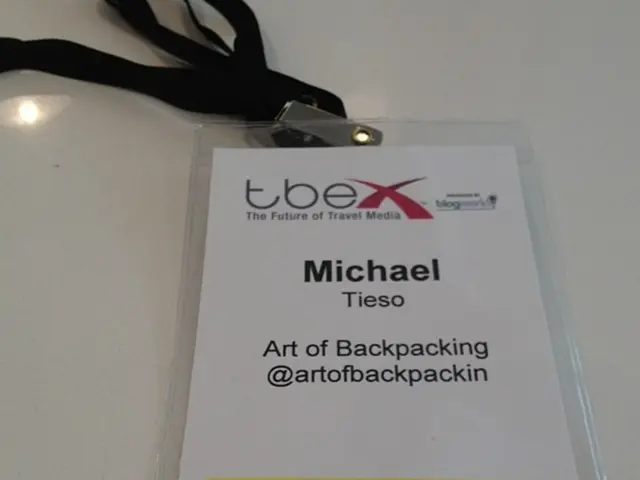Transformation in Education: Avoiding Unwanted Disruptions
In the ever-evolving world of education, the integration of Artificial Intelligence (AI) is no longer a distant possibility, but an inevitable reality. This transition, when approached with a spirit of innovation and collaboration, presents a unique opportunity to reshape the educational landscape. One such tool leading this change is ChatGPT.
ChatGPT, a cutting-edge AI model, offers a multitude of benefits for both students and teachers. It enhances personalized learning by tailoring explanations and guiding students step-by-step through problems, promoting a deeper understanding rather than just delivering answers. This interactive approach fosters critical thinking, encouraging learners to grapple with ideas and develop reasoning skills and curiosity.
For educators, ChatGPT streamlines content creation by drafting lesson materials, quizzes, and examples rapidly. This automation frees teachers' time from repetitive tasks, allowing them to focus more on pedagogical delivery and individualized student support. Furthermore, ChatGPT helps with grading written work more efficiently, providing immediate feedback to students, which can enhance teaching quality and responsiveness.
In terms of assessments, ChatGPT can assist teachers by generating customized quizzes and evaluating written assignments quickly for grammar, syntax, and coherence. This supports more dynamic and frequent evaluation methods, integrating AI capabilities to make assessment more efficient and formative.
However, it's essential to remember that the goal is not to replace teachers with AI, but to empower them with tools that enhance their ability to guide and inspire the next generation of learners. To achieve this, it's crucial to offer professional development opportunities to help educators effectively integrate AI into their teaching practices.
Embracing experimentation with ChatGPT and other AI tools in classrooms is key to unlocking their full potential. Creating spaces for educators, students, and policymakers to discuss the ethical implications and potential challenges of AI in education is also crucial for ensuring a smooth and beneficial transition.
Moreover, ChatGPT can provide differentiated instruction materials for diverse learners, catering to various learning styles and abilities. Future developments aim to deepen personalization by tracking progress and adapting to individual skill levels, which could further transform educational practices.
In conclusion, ChatGPT's role in education is expanding to serve both students and teachers by enabling personalized, interactive learning experiences, promoting critical thinking, facilitating innovative assessments, and reducing teachers’ workload through AI-assisted content creation and grading. As we navigate this new era of learning, it's important to remember that collaboration, experimentation, and a commitment to continuous learning will be key to ensuring a successful and transformative integration of AI into education.
Additional resources for navigating this transition include the International Society for Technology in Education (ISTE), The Walton Family Foundation, and Bloom's Taxonomy. These organisations provide valuable insights and guidance for educators and policymakers embarking on this exciting journey.
Technology's integration into the future of education, particularly through artificial intelligence (AI), has become an inevitable reality, as demonstrated by innovative tools like ChatGPT. This AI model, in the realm of education-and-self-development, offers benefits for both learners and educators, such as personalized learning, critical thinking enhancement, and time-saving automation.




